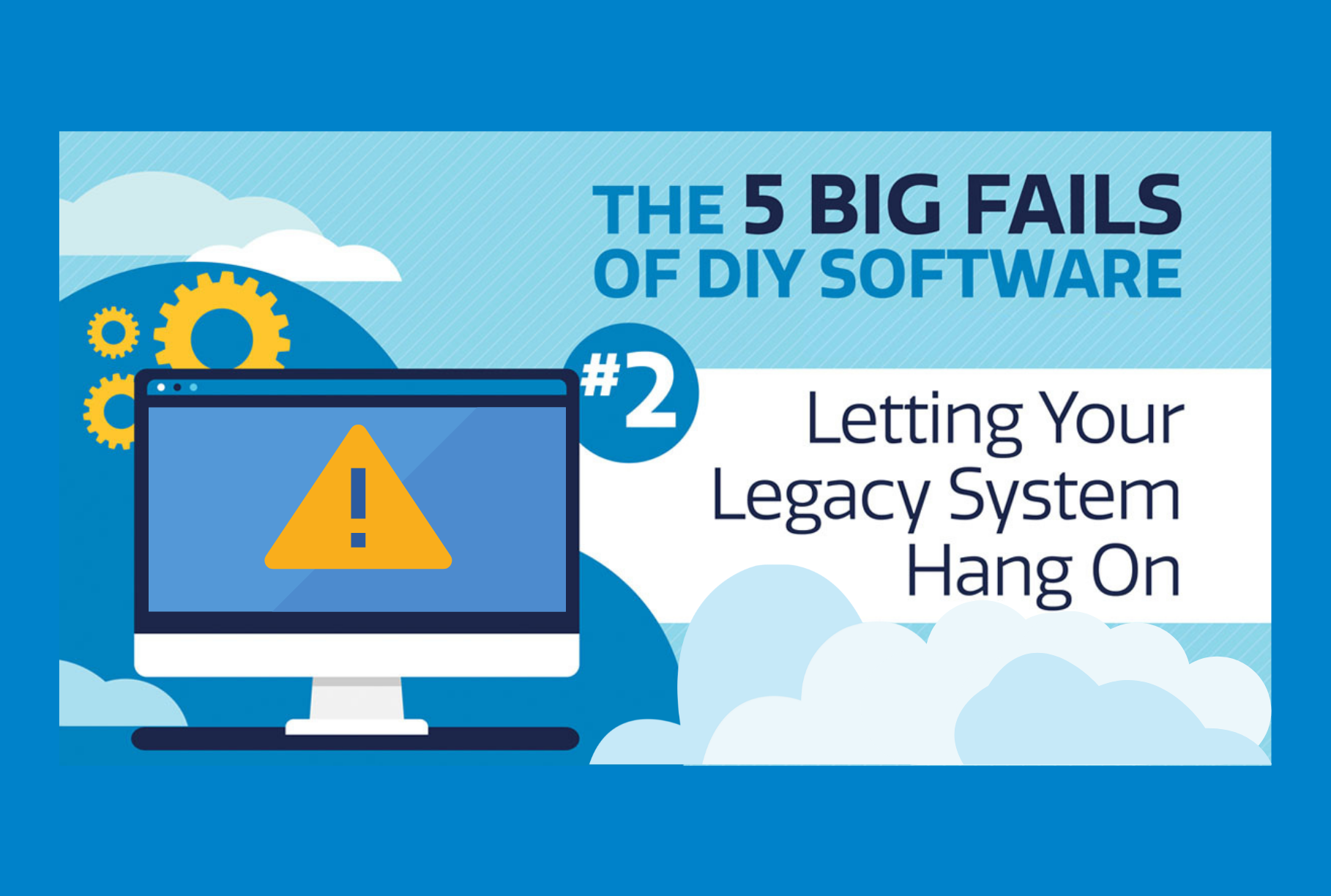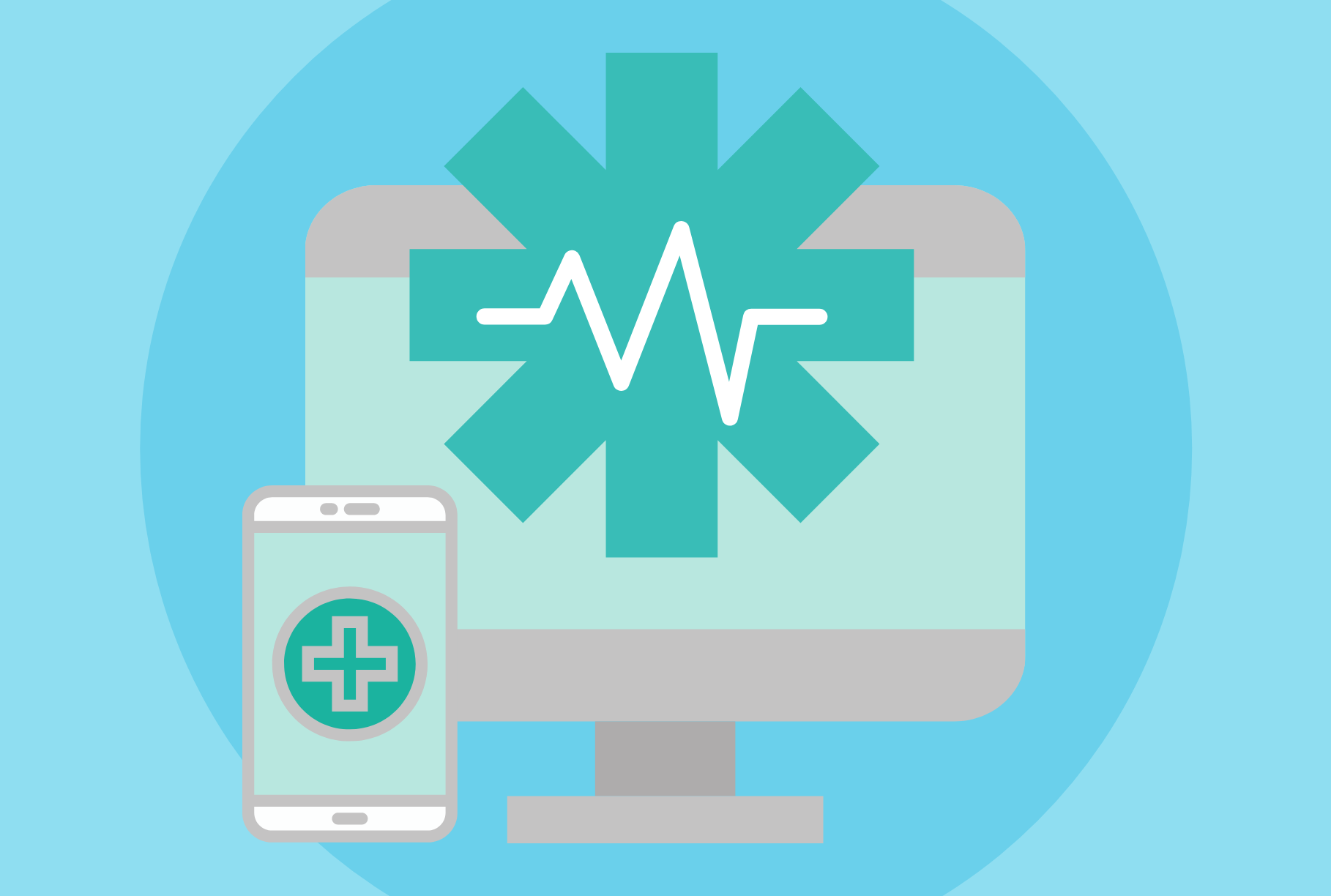“63 percent of executives report the pace of digital transformation for their organization is accelerating … Big changes today require bold leadership – and prioritizing tech.”– Accenture Research Global Survey 2021.
The healthcare industry is undergoing a period of digital transformation, forcing payers to prioritize their modernization efforts.
As a colleague at HealthEdge, Len Rosignoli, VP of Customer Success, recently noted in a blog post, an increasing number of health plans see value in using technology to meet their business strategies. “That’s why we’re seeing an increased focus on aligning IT and the business – the partnership has become even more essential,” he said.
But without a clear strategy, payers risk wasting time and money building or patching solutions that provide a quick fix for immediate needs, but cannot support the future of digital health.
Even worse, history indicates that when decision-makers insist on building or patching their own solutions, they are likely to underestimate the cost and timeline.
Research shows that among 1,471 information technology projects studied, the average cost overrun was 27 percent, a figure pushed higher by the one in six projects that spiraled completely out of control. The worst of these saw cost overruns of 200 percent and schedule delays of 70 percent. Researchers say IT has a disproportionate number of runaway projects.
There are other costs to consider. A firm developing a proprietary solution absorbs the entire cost of development, where vendor solutions can distribute development costs and innovations across multiple customers. Since a vendor solution has a much shorter and safer timeline, it offers greater cost predictability over time.
It’s easy to be caught up in your do-it-yourself (DIY) ambitions, but being realistic about costs and deadlines may lead you to choose the right vendor instead, avoiding Big Fail #3.
Check out the #4 Big Fail of DIY software in this space soon. Hint: It’s all about the perils of trusting newcomers to healthcare.
Portions of this blog post are excerpted from Ashish Kachru’s Forbes article “Why Execs Should Avoid The DIY Software Trap.” Ashish is President and General Manager of Altruista Health.




